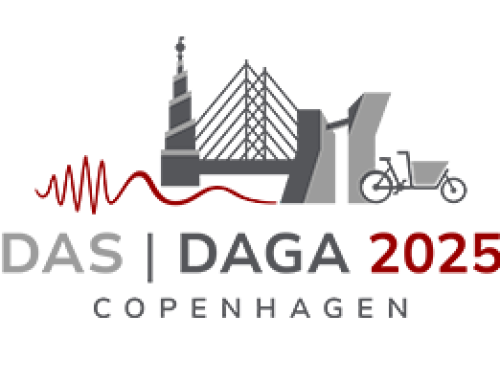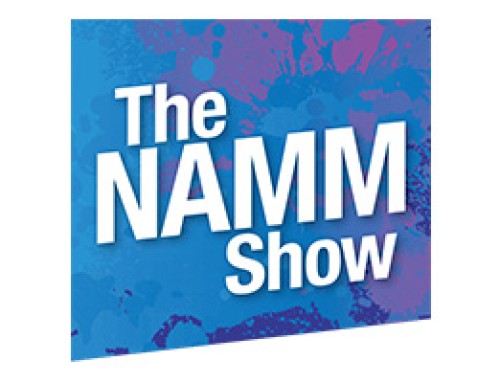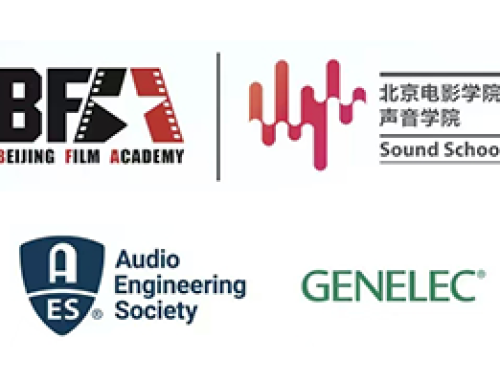December 5-9, 2022
183rd Meeting of the Acoustical Society of America
Non-cubiod Iterative Room Optimizer
hosted by Dr. Peter D’Antonio, Director of Research at REDIAcoustics
Language: English
The growing processing power of desktop and distributed cloud cluster computing is playing a larger role providing computational architectural acoustic solutions. This presentation will provide a status update on the Non-cuboid Iterative Room Optimization software called NIRO. It offers an iterative approach to full bandwidth optimization of critical listening rooms. The program uses a Finite Element Method (FEM), Image Source Model (ISM), and Non-dominated Sorting Genetic Algorithm (NSGA) to simultaneously optimize the room geometry of any shaped room, including boundary admittances, for any number of listeners and loudspeakers. It minimizes the weighted sum of the modal response and speaker boundary interference response, the spatial uniformity around the mix position and reflections in the Reflection Free Zone (RFZ). With an optimal room setup, acoustical diffusors and absorbers with a specified resonant frequency, bandwidth, and efficiency are added to the model to optimize the acoustic properties. A combination of FEM, ISM, and an additional geometrical acoustics model is used to generate full bandwidth impulse responses. The RFZ, envelopment, reverberation time, low-frequency response, and temporal decay are optimized and evaluated. Following the addition of HRTFs, stereo auralization can be generated. Proof of performance and application examples will be presented.









